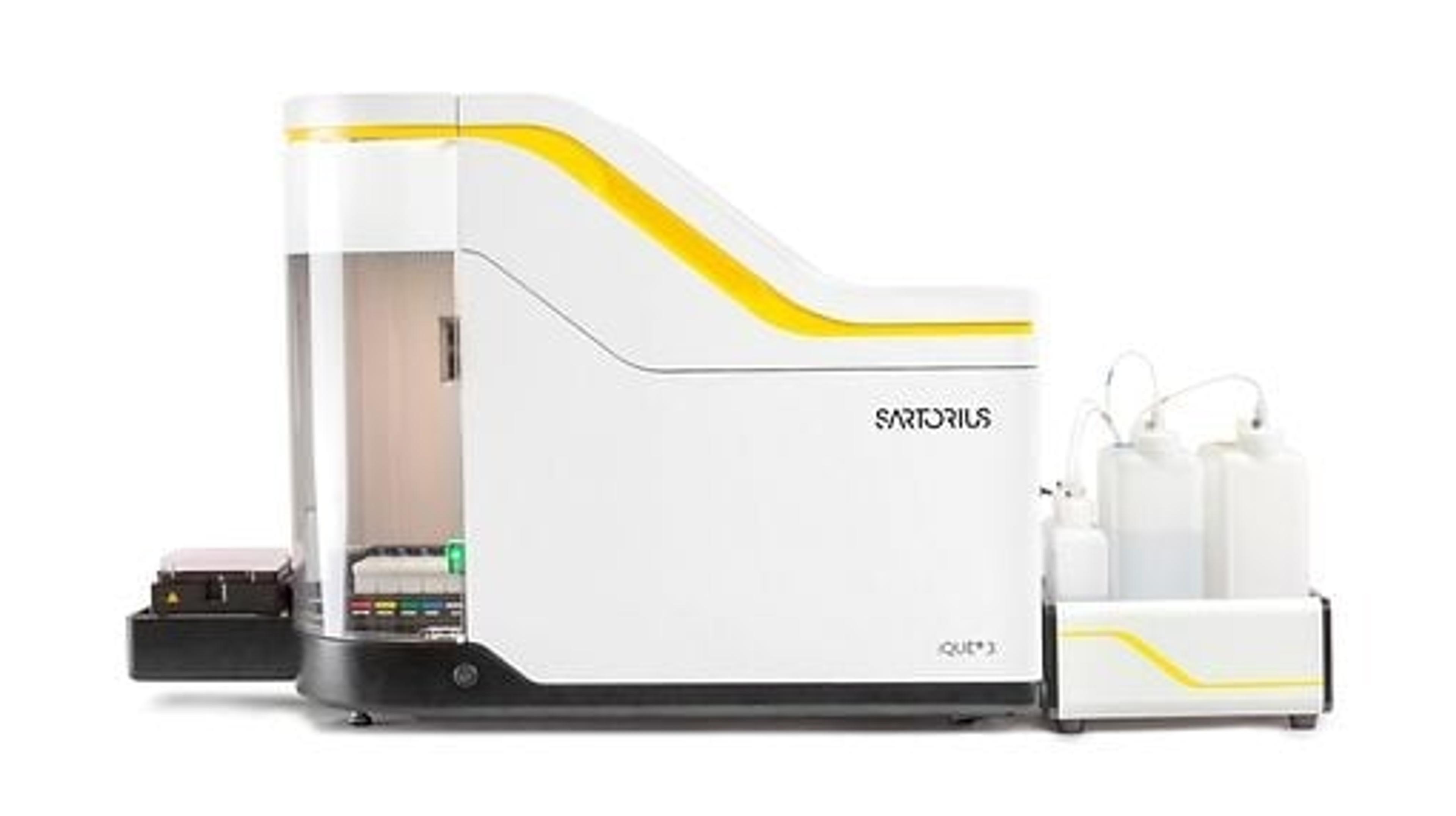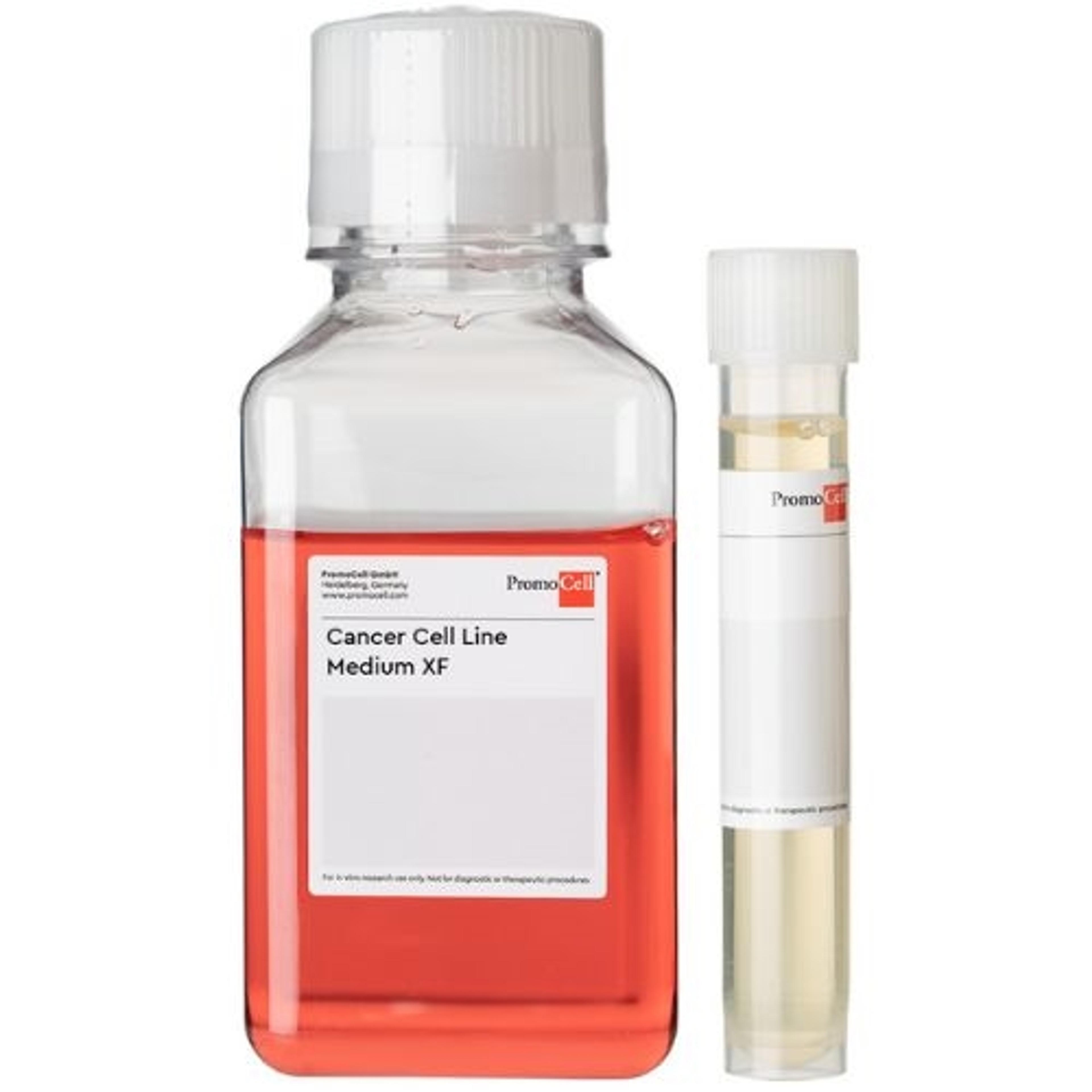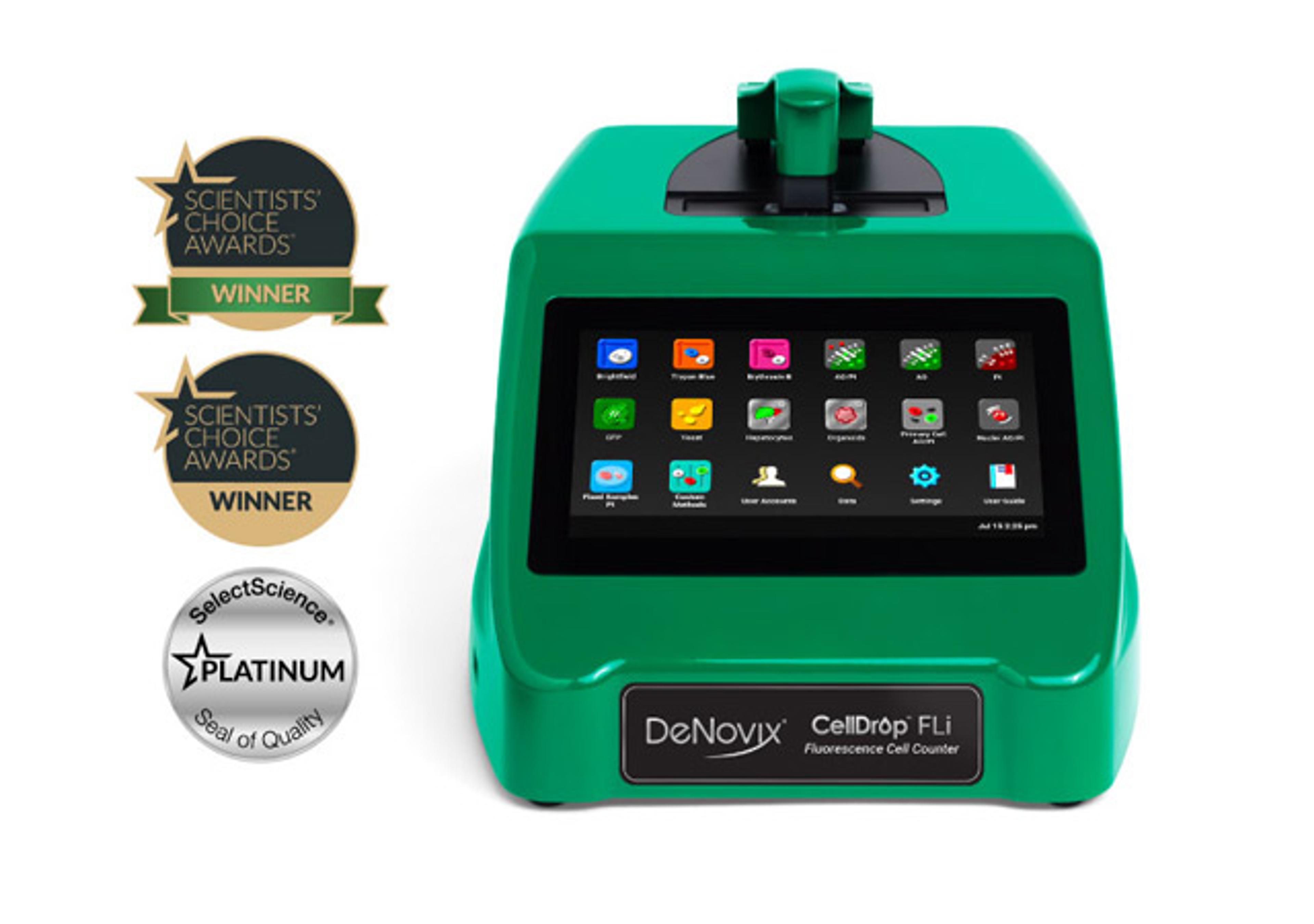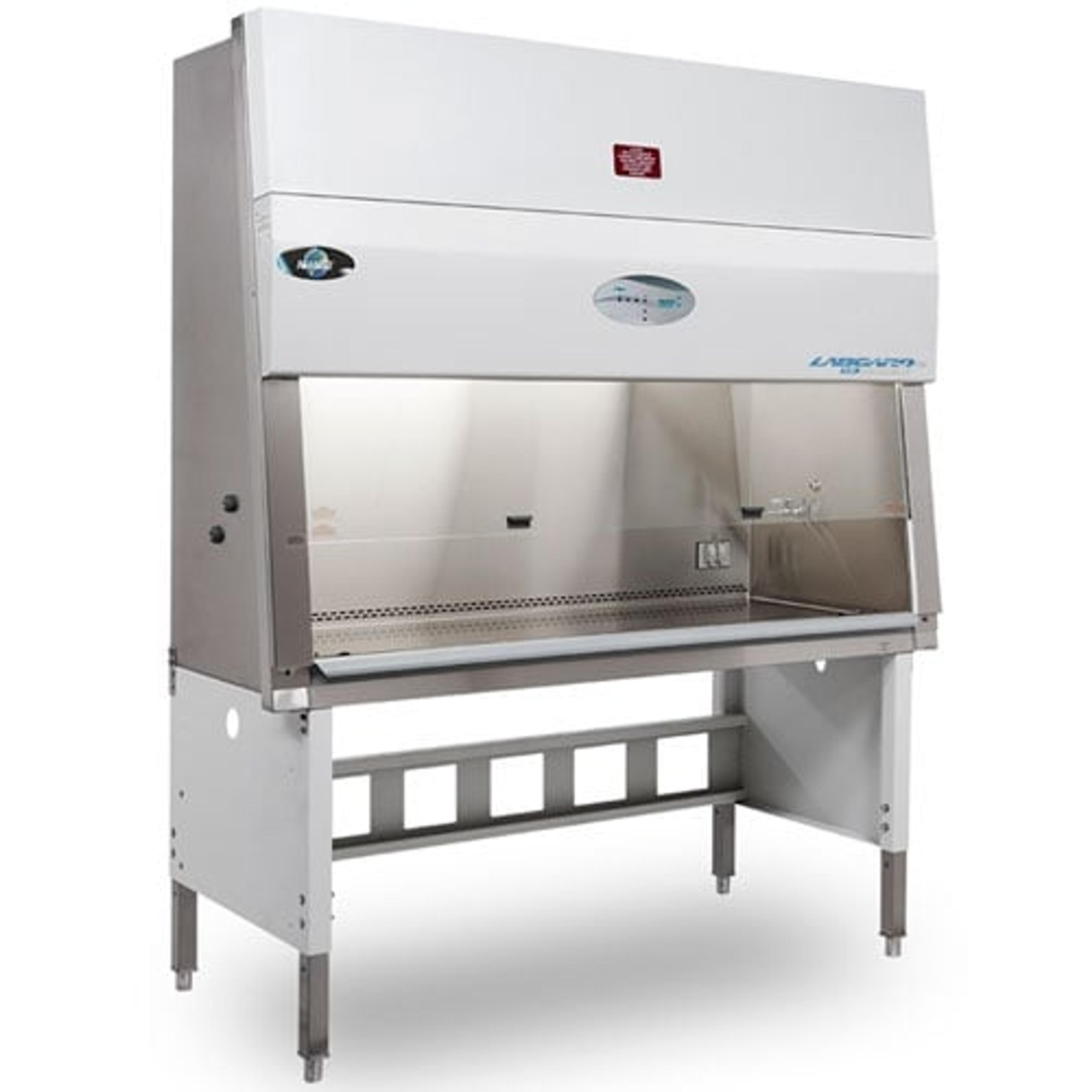Trending in Cancer Research: Automated Cell Identification, Unique Culture Solutions, Nanobody Development and More
Explore the techniques and technologies that are shaping the latest advancements in cancer research
8 Jul 2019
In this article, we bring you all the latest developments in cancer research, from refinements in diagnostic testing and monitoring to the development of personalized treatments. Plus, hear from the scientists at the cutting edge of cancer research with the latest videos from The Scientists' Channel.
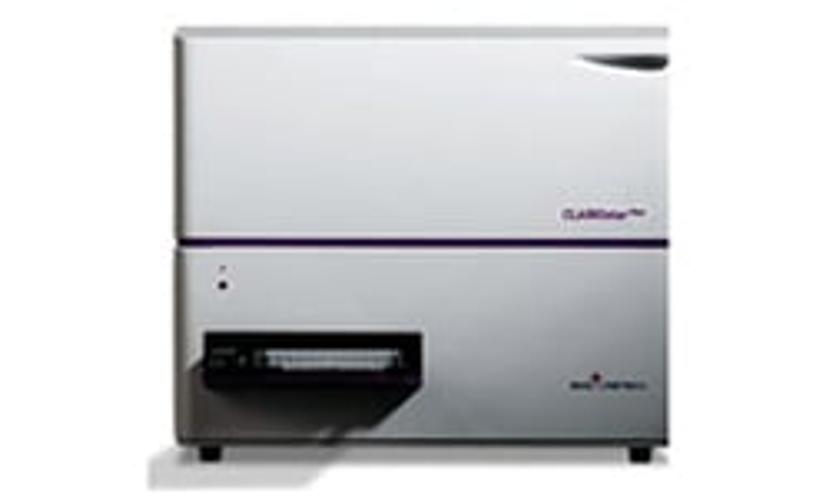
Real-Time Assessment of Apoptosis and Necrosis
Traditional experimental approaches for addressing cytotoxic and cytoprotective mechanisms are often time consuming, labor intensive, costly and inadequate. Promega’s new RealTime-Glo assay promises automated monitoring of apoptosis and necrosis in real time when used in tandem with the CLARIOstar PLUS microplate reader from BMG LABTECH.
Xeno-Free and Serum-Free Culture Solutions
Dr. Hagen Wieland shares his work developing unique culture solutions and explains why you should be using xeno-free and serum-free media for your cell-based assay research. PromoCell’s newly-launched Cancer Cell Line Medium XF is designed to be compatible with almost all established cell lines but it also promises reproducible and reliable results for customized cell lines, such as those used in cancer therapy screening applications.
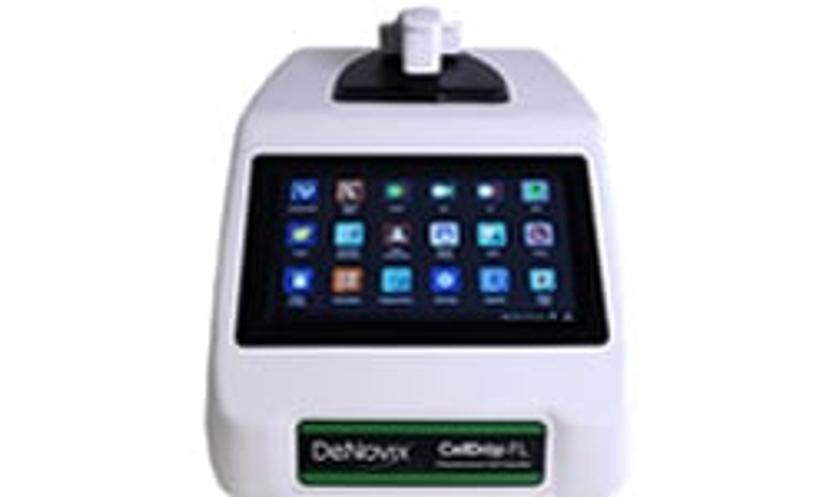
Robust Method for Counting PBMCs
Peripheral blood mononuclear cells (PMBCs) are a common primary cell source used to measure immunological functions. However, cell suspensions often contain a heterogenous collection of cell types, so PBMCs are challenging to accurately quantify and qualify using traditional methods. The CellDrop FL automated cell counter from DeNovix is designed to identify live and dead PMBCs even in the presence of RBCs, platelets, and cellular debris.
The Ultimate Lab Water Solution
Achieve consistently superior quality water, for any application, with the Milli-Q® IQ 7003/05/10/15 integrated ultrapure & pure water systems from MilliporeSigma. Designed for ease of use, these lab water solutions are designed to provide purification to trace levels as they are sealed against airborne contaminants and include a regularly irradiating bactericidal UV lamp.
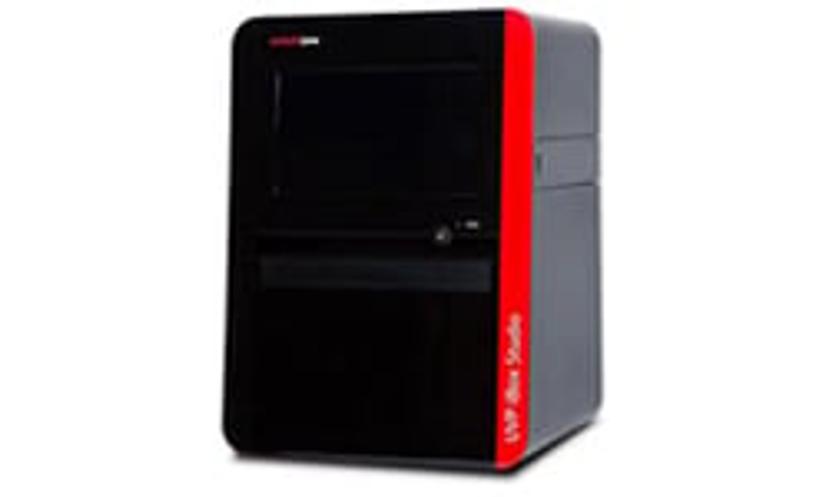
Fluorescent Proteins Versus Luciferase
Both fluorescent proteins (FPs) and luciferase can be used for the in vivo and in vitro identification of proteins. However, there are key differences in their applications. The UVP iBox Studio imaging system from Analytik Jena promises highly sensitive in vivo imaging using FPs, which have short exposure times, a wide spectral variety, stable chemistry, and are more widely available to researchers.
Revolutionizing Cancer Diagnostics with NGS
Dr. Luca Quagliata explains how molecular profiling could transform the way we treat cancer and explores how the global adoption of robust and routine next-generation sequencing (NGS) services should show a dramatic improvement in patient outcomes. Quagliata highlights the importance of vendors, such as Thermo Fisher Scientific, who offer not only clinically-ready solutions but also the necessary expertise and support.
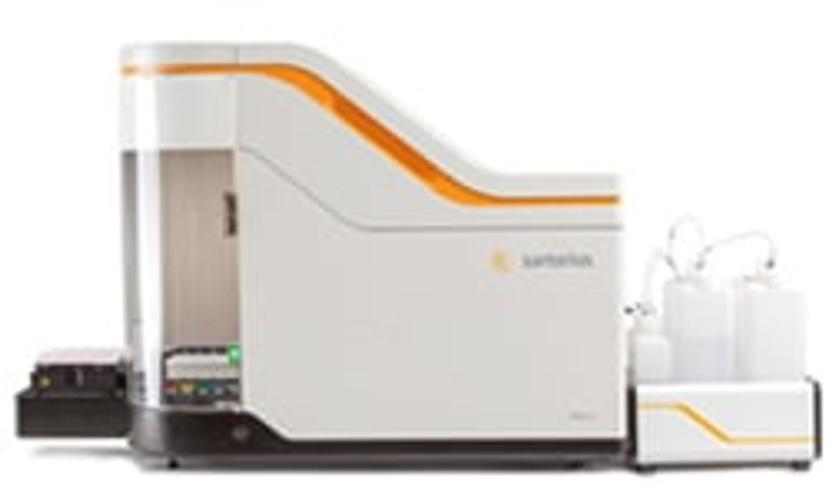
Personalized Adoptive T Cell Therapy
Alison Tarke shares her team's work developing a new, rational approach to immunotherapy by targeting patient-specific ‘neoantigens’ to improve the response to adoptive T cell therapy in acute myeloid leukemia (AML). Tarke explains how the use of the IntelliCyt® iQue Screener PLUS platform has allowed their small team to conduct robust screening assays with high throughputs.
Secondary Antibodies for VHH Discovery
Anti-alpaca IgG antibodies from Jackson ImmunoResearch Laboratories (JIR) can be used to optimize specific stages of the high-affinity VHH (single domain) antibody development process. The success and speed of discovering high-quality VHH candidates are optimized by the fidelity and utility of the different tools used at each step.
Latest Cancer Research Videos from The Scientists' Channel:
- Dr. Aleksandra Dukic, from the Institute for Cancer Research at Oslo University Hospital, describes a novel target to inhibit glioblastoma invasion. Watch video>>
- Professor Paul Hofman, from Nice Sophia Antipolis University, France, outlines how his team evaluates the tumor mutational burden with next-generation sequencing. Watch video>>
- Dr. Sara Tolaney, from the Dana-Farber Cancer Institute and Brigham and Women's Hospital, discusses the results of the Monarch 2 Study, as revealed at AACR 2019. Watch video>>
- As part of The Scientists' Channel new SLAS channel, Tony Dickherber, an SLAS Committee member and Program Director at the National Cancer Institute (NCI), discusses emerging technologies in cancer diagnostics and monitoring. Watch video>>
Latest Reviews About the Products You Use:
Don't just take our word for it, read reviews left by scientists to help you choose the best instruments for your lab, or share your opinion to help your peers by writing your own review today. Read one of our latest reviews below by Matthew McGoldrick from Causeway Sensors for the CLARIOstar by BMG LABTECH.


